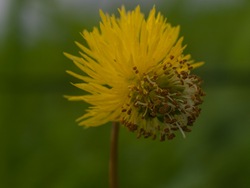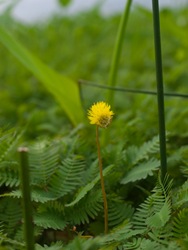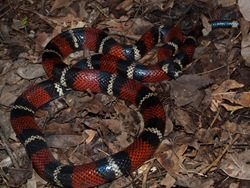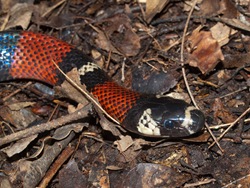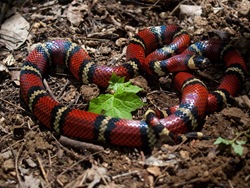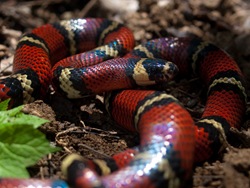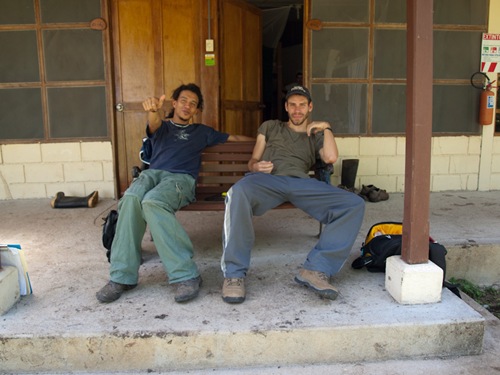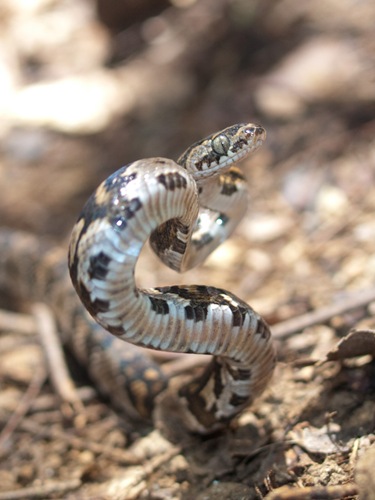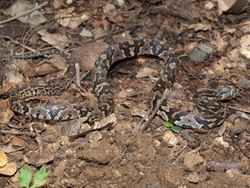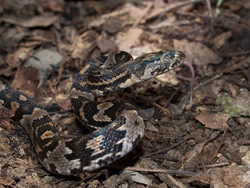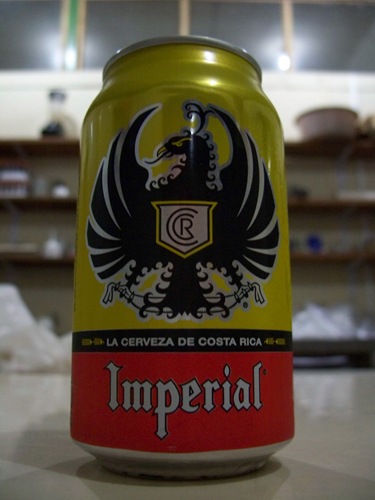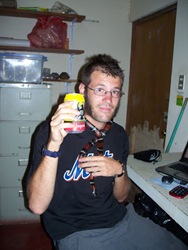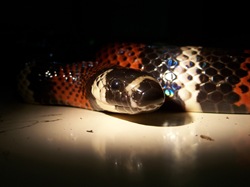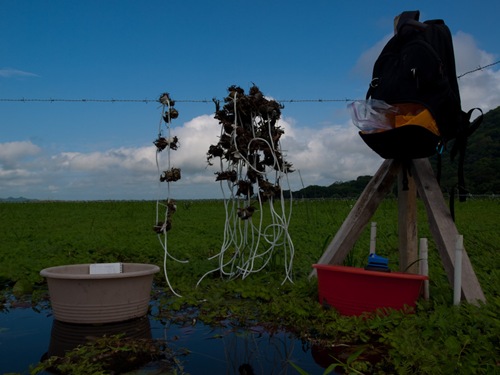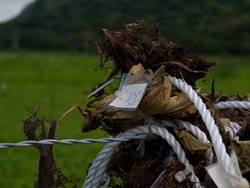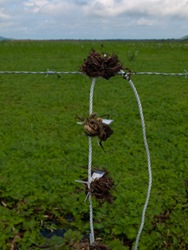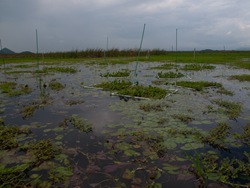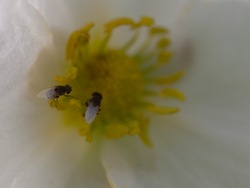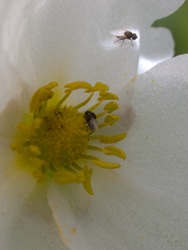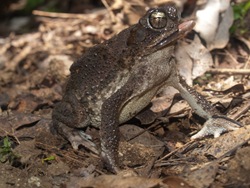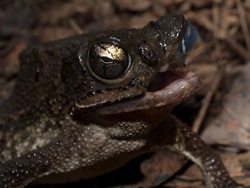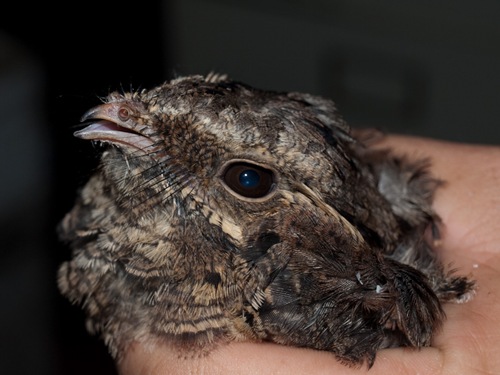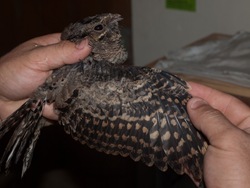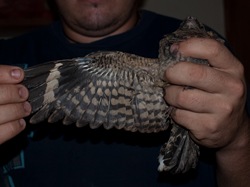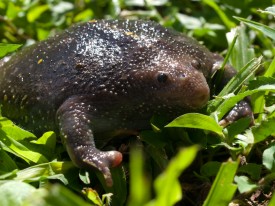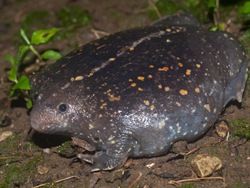Neptunia is beginning to flower! Here’s the first flower I’ve spotted.
Milk snakes
Tico friends
Lyre snake – Trimorphodon bicutatus
We’ve seen a few of these snakes and had mistakenly mis-identified them as a cat-eye snake (Leptodeira) at first. The head pigmentation pattern is markedly different, which prompted us to consult Savage, but the pupil of the eyes are still cat-like, suggesting that they are nocturnal. They are beautiful snakes and appear to be a bit less prone to musking when being handled… although it does bite.
Cheers to Paul
Paul leaves Palo Verde today after assisting in Mahmood’s amphibian survey for about a month. He’s an intelligent, hardworking Sophomore from Kansas University who shows real potential as a future herpetologist and maybe even professional soccer player. His passion for herps is beyond anyone I’ve met, and he enjoys sharing that passion with fellow amateur herpetologists as well as the curious group members and tourists that visit Palo Verde. Best of luck, Paul. Keep it up.
Bundles on a rope
I placed little bundles of dead Eichhornia and Neptunia on a string and then attached the strings to my competition enclosures. This will allow me to estimate decomposition of these two plants in artificial mats that vary in the density of the two plant species.
You might notice that the water is getting deeper – it’s over the first barb wire, which makes it difficult to slide through the fence. I may yet have to construct a door…
More cool flies
Deformed luetkeni
There have been two of these toads found so far, both adult females with some kind of deformity on the upper mandible. It appears that both were a result of development, rather than some trauma, because the eye positions are slightly different. It’s interesting that they had lived despite the deformities.
Is this a common pauraque?
Sapo Borracho
This post may be in next year’s OTS calendar!
The Mexican Burrowing Toad Rhinophrynus dorsalis is a bizarre, almost jelly-like anuran that specializes on ants and termites. The Spanish common name (Sapo Borracho) is derived from the males’ odd, whiny call used to attract mates soon after the first rains. They are explosive breeders, traveling to water in mass migrations to breed, while spending the majority of the year underground. The pictured individual was captured during an amphibian survey being conducted at the OTS field station at Palo Verde National Park.
On the left, this toad has had it’s toe clipped for the mark-recapture study.

